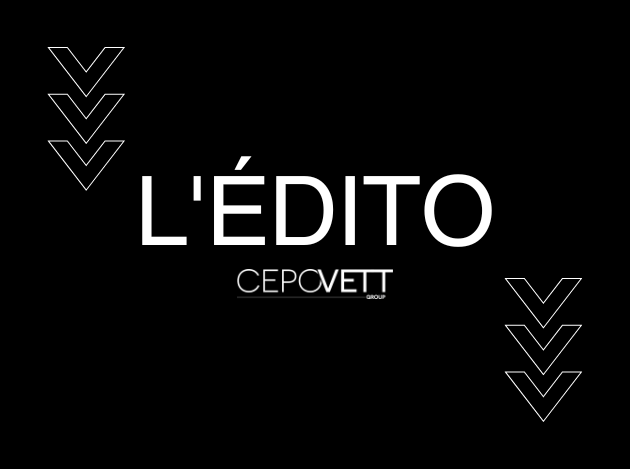Fashion Revolution
24 May 2023Covid-19 will kill more SMEs than men
24 May 2023The protective clothing, more and more glamorous
Gone are the days of plain work clothes with pale colors: protective clothing, ever more sophisticated in terms of ergonomics, technicality, functionality and safety, combines multifunctionality and aesthetics in its manufacture, right down to its eco-design. And they are becoming more and more trendy, to the point of inspiring ready-to-wear clothing. From work to the street, there is only one step...
Protective clothing at the heart of innovation
A+A, the world's leading occupational health and safety exhibition
A+A which took place from November 5 to 8 in Düsseldorf, Germany, has just ended. This biennial event, a European Mecca for the protection of people at work, showcases the latest innovations and trends in the sector. This year again, it was an opportunity to discover the new ranges of protective clothing, always more technical, lighter and more ethical, but also more ergonomic and aesthetic. A small revolution in the BtoB textile market, responding to a standardized risk where the notion of style was, until now, hardly a priority. Protecting men and women at work, while enhancing their bodies without hindering their movements during the activity: this is the new mantra of the protective clothing specialists.
Safety first
Protective clothing is intended to protect against accidents or bad weather and must therefore meet international standards. They are personal protective equipment (PPE) that ensure the safety of the worker so that he can work with a minimum risk of injury or illness. Their role is to prevent mechanical and chemical aggression. Technical protective clothing is adapted to many different occupational hazards: jackets, pants, aprons, coveralls, blouses, vests and parkas against chemicals, fire, heat, cold, humidity, fumes; for high visibility, industrial applications such as forestry work. This requires, of course, more and more technicality.
The French leader in professional clothing, CEPOVETT SAFETY designs, in particular, complete ranges of multi-risk PPE combining safety, comfort and ergonomics. Its summer range Fluosafe EN20471 The innovative ergonomic design, light and protective fabric, side vents and non-magnetic haberdashery illustrate this.
Longer lasting professional protection
The PPE protective clothing of the future is not only technical, it is also made of ethical materials. Without any compromise on comfort, traceability and ease of washing (less water, less detergents). The possibility of repairing and revalorizing products at the end of their life is also privileged. These eco-designed protective garments are adapted to women's morphologies, which increasingly include manual jobs that mechanization has made less strenuous.
Reduction of environmental impacts
Ces vêtements sont conçus à partir de tissus qui utilisent de moins en moins de matières vierges et de plus en plus de matières recyclées. À titre d'exemple, l’usage du polyester recyclé se démocratise. This is derived from the collection and recycling of post-consumer plastic bottles, particularly for high visibility clothing. Specialist in this field, the Mayenne SME TDV Industries offers its Floline range "made in France", a technical and ethical high visibility fabric made from fair-trade organic cotton and recycled polyester.Furthermore, the maintenance of protective clothing is a major challenge in terms of product durability and reduction of environmental impact. This brings to mind the young laundry company MyGeorges, which has reinvented the codes of professional locker room maintenance. Using a QR code controlled by the users themselves, each garment is tracked in real time. The company thus offers a local and customized service for a guaranteed durability of the clothes.
The fashion for protective clothing is workwear
Capturing the spirit of the times, protective clothing manufacturers have also integrated the notion of style into the design of their collections, as the young workers of the Y-Z generation no longer accept to look like their parents, with the desire to be at work as well as in the city. Faced with increasingly demanding consumer-users, concerned about their image in the workplace, professional brands are inspired by ready-to-wear, with trendy cuts and colors, in the image of the brand Lafont and its capsule collection "Lafont 1844 by Louis-Marie de Castelbajac.
This game of influence also applies to fashion, which has been borrowing the codes of "workwear" for several years now, as Carhartt and Aigle have done. The latter has gone beyond its traditional "outdoor nature" image to open up to a more urban international public, while favoring ultra-technical, natural and recycled materials. A sign that if our uses are decompartmentalizing between work, leisure and family, professional and consumer fashion is following suit. Sustainability is in the air, both at work and in the street. It is no longer a fashion phenomenon but an existentialist question for companies and brands alike.

